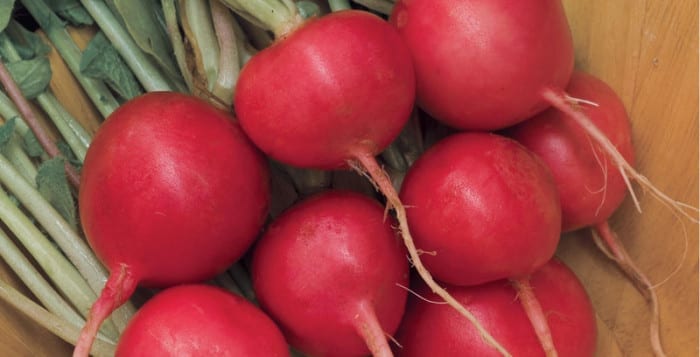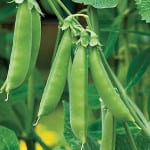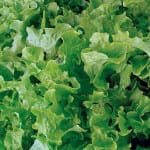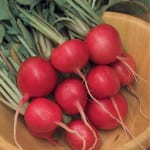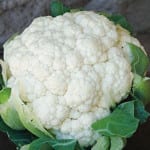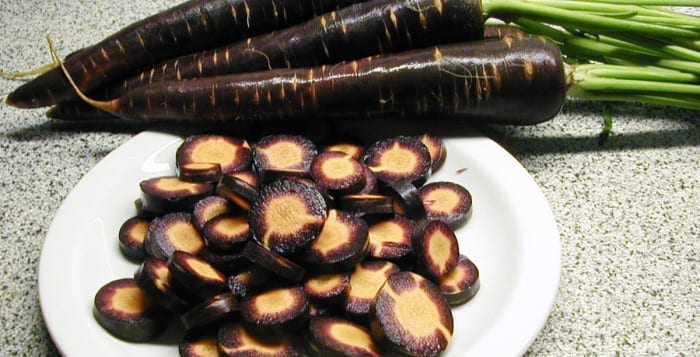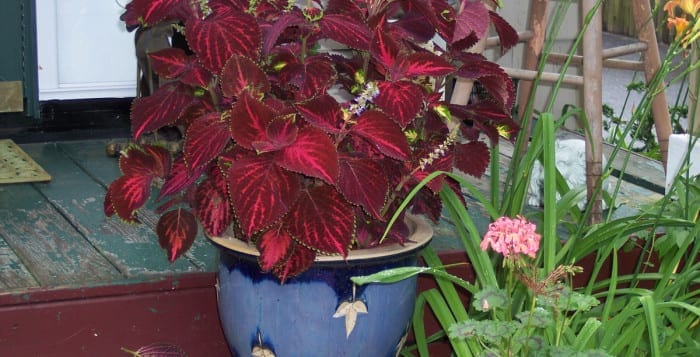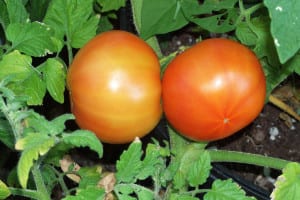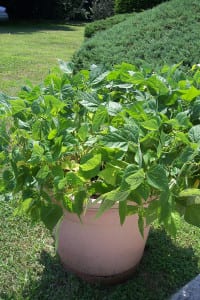We know better. So why can’t we do better?
By David Dunaief, M.D.

We are continuously inundated with messages about the importance of including fruits and vegetables in our daily diets. In addition to fiber, they include critical nutrients and micronutrients that keep us healthy and reduce our risks of developing chronic diseases.
Despite this, according to a 2022 report by the Centers for Disease Control and Prevention (CDC), an average of 12.3 percent of U.S. adults met the daily requirements for fruit intake, and an even more abysmal 10 percent met vegetable intake recommendations (1). As you might expect, it follows that we are deficient in many key micronutrients (2).
Why do we care? Most chronic diseases, including common killers, such as heart disease, stroke, diabetes and some cancers, can potentially be prevented, modified and even reversed with a focus on nutrients.
Here’s a stunning statistic: more than 50 percent of American adults have a chronic disease, with 27 percent having more than one (3). This is likely a factor in the slowing pace of life expectancy increases in the U.S., which have plateaued in the past decade and are currently at around 77 years old.
One indicator of nutrient intake that we can measure is carotenoid levels. Carotenoids are nutrients that are incredibly important for tissue and organ health. I measure these regularly, because they give me a sense of whether the patient might lack potentially disease-fighting nutrients. A high nutrient intake dietary approach can resolve the situation and increase both carotenoid and other critical nutrient levels.
Why focus on a high nutrient intake diet?
A high nutrient intake diet focuses on micronutrients, which literally means small nutrients, including antioxidants and phytochemicals — plant nutrients. Micronutrients are bioactive compounds found mostly in foods and in some supplements. While fiber is not considered a micronutrient, it also has significant disease modifying effects. Micronutrients interact with each other in synergistic ways, meaning the sum of them is greater than their parts. Diets that are plant-rich raise the levels of micronutrients considerably in patients.
In a 2017 study that included 73,700 men and women who were participants in the Nurses’ Health Study and the Health Professionals Follow-up Study, participants’ diets were rated over a 12-year period using three established dietary scores: the Alternate Healthy Eating Index–2010 score, the Alternate Mediterranean Diet score, and the Dietary Approaches to Stop Hypertension (DASH) diet score (4).
A 20 percent increase in diet scores, which indicated an improved quality of diet, was significantly associated with a reduction in total mortality of 8 to 17 percent, depending on whether two or three scoring methods were used. Participants who maintained a high-quality diet over a 12-year period reduced their risk of death by 9 to 14 percent more than participants with consistently low diet scores over time. By contrast, worsening diet quality over 12 years was associated with an increase in mortality of 6 to 12 percent. Not surprisingly, longer periods of healthy eating had a greater effect than shorter periods.
This study reinforces the findings of the Greek EPIC trial, a large, prospective cohort study, where the Mediterranean-type diet decreased mortality significantly — the better the compliance, the greater the effect (5). The most powerful dietary components were the fruits, vegetables, nuts, olive oil, legumes and moderate alcohol intake. Low consumption of meat also contributed to the beneficial effects. Dairy and cereals had a neutral or minimal effect.
How can diet improve your quality of life?
Quality of life is as important as longevity. Let’s examine some studies that consider the impact of diet on diseases that may reduce our quality of life as we age.
A study showed olive oil reduces the risk of stroke by 41 percent (6). The authors attribute this effect, at least partially, to oleic acid, a bioactive compound found in olive oil. While olive oil is important, I recommend limiting olive oil to one tablespoon a day. Each tablespoon of olive oil contains 120 calories, all of them fat. If you eat too much of even good fat, it can be counterproductive. The authors commented that the Mediterranean-type diet had only recently been used in trials with neurologic diseases and results suggest benefits in several disorders, such as Alzheimer’s.
In a case-control study that compared those with and without disease, high intake of antioxidants from food was associated with a significant decrease in the risk of early Age-related Macular Degeneration (AMD), the leading cause of blindness in those 55 years or older (7). This was true even when participants had a genetic predisposition for the disease.
There were 2,167 people enrolled in the study with several different genetic variations that made them high risk for AMD. Those with a highest nutrient intake, including B-carotene, zinc, lutein, zeaxanthin, EPA and DHA- substances found in fish, had an inverse relationship with risk of early AMD. Nutrients, thus, may play a role in modifying gene expression.
Though many Americans are malnourished, nutrients that are effective and available can improve our outcomes. With a focus on a high nutrient intake diet, we can improve life expectancy and, on an individual level, improve our quality of life.
References:
(1) cdc.gov. Morb Mortal Wkly Rep 2022;71:1–9. (2) cdc.gov/nutritionreport (3) cdc.gov. (4) N Engl J Med 2017; 377:143-153. (5) BMJ. 2009;338:b2337. (6) Neurology June 15, 2011. (7) Arch Ophthalmol. 2011;129(6):758-766.
Dr. David Dunaief is a speaker, author and local lifestyle medicine physician focusing on the integration of medicine, nutrition, fitness and stress management. For further information, visit www.medicalcompassmd.com or consult your personal physician.

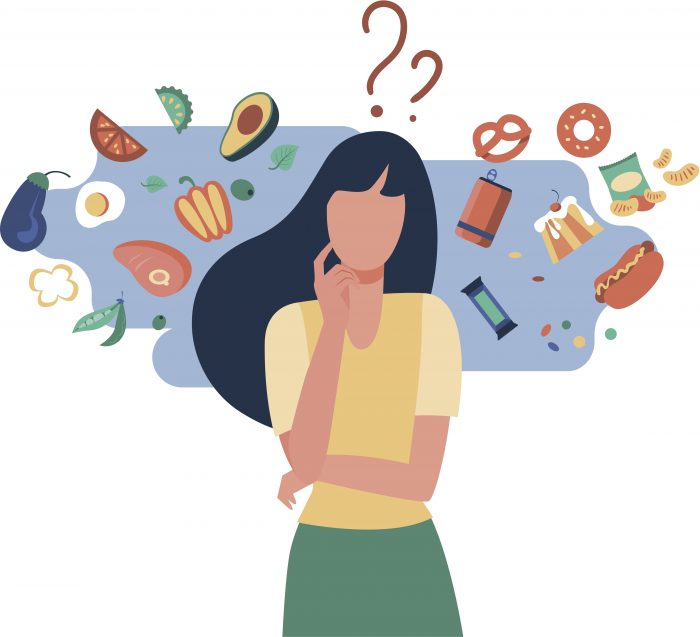
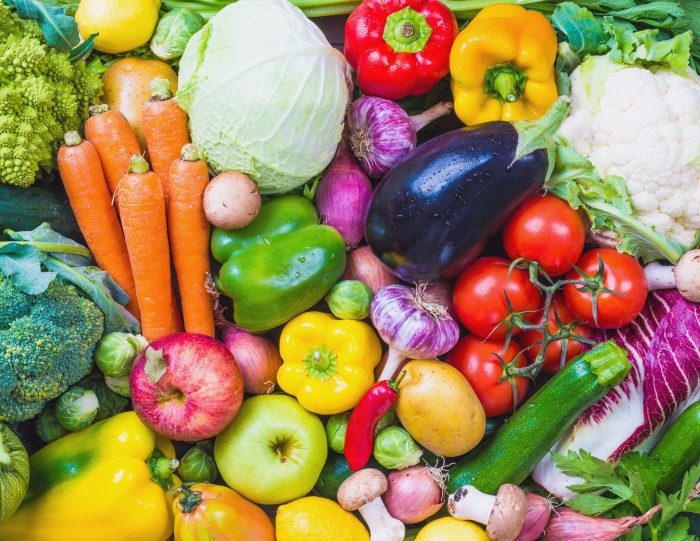
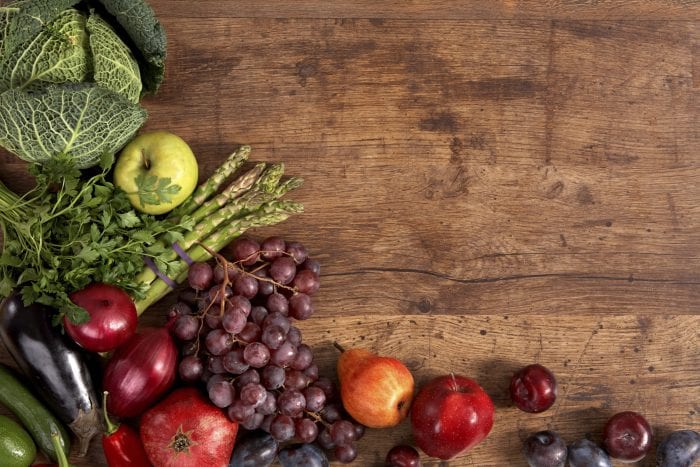
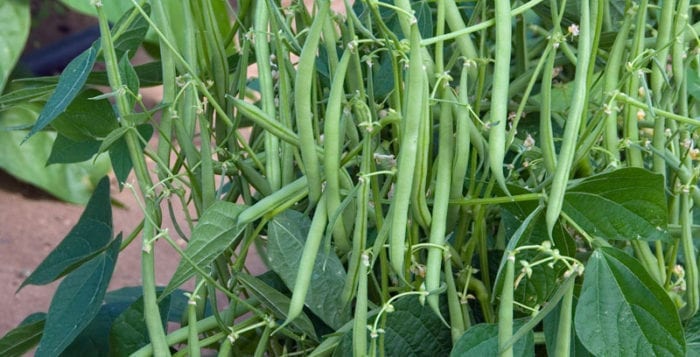
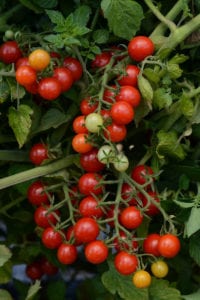
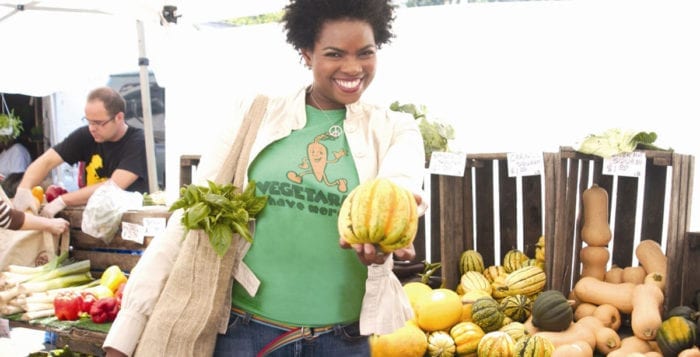
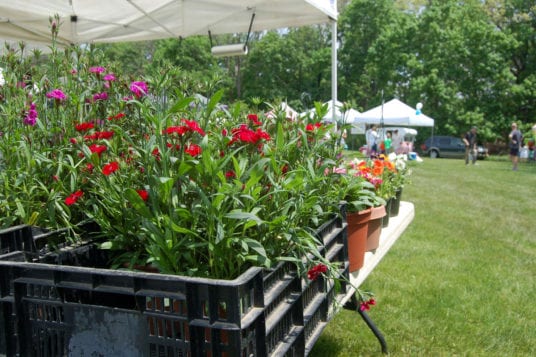
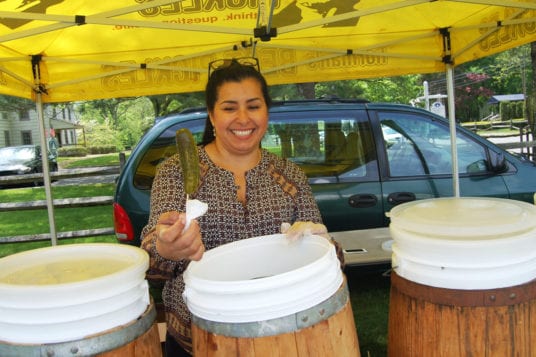


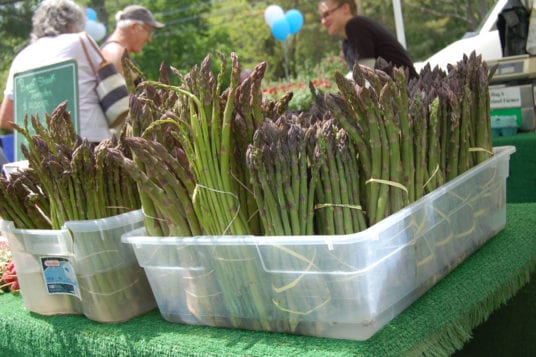
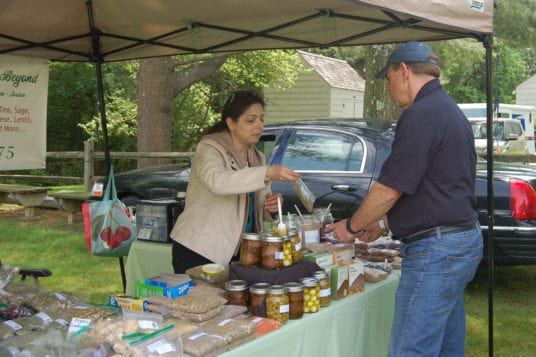
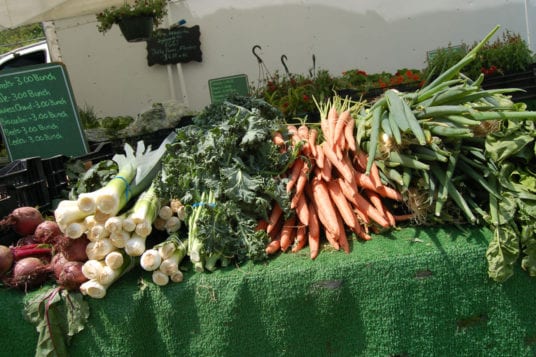
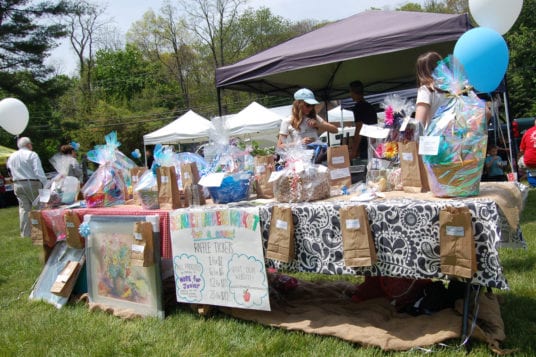
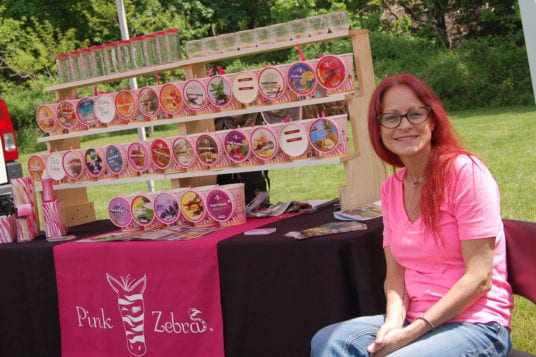
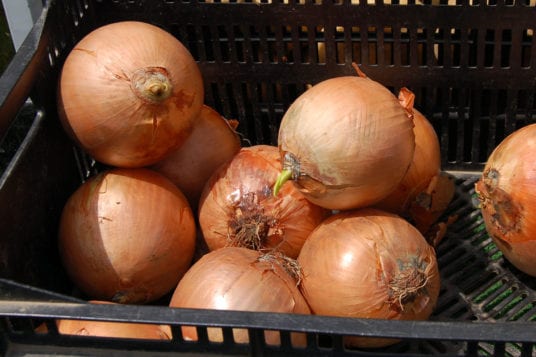
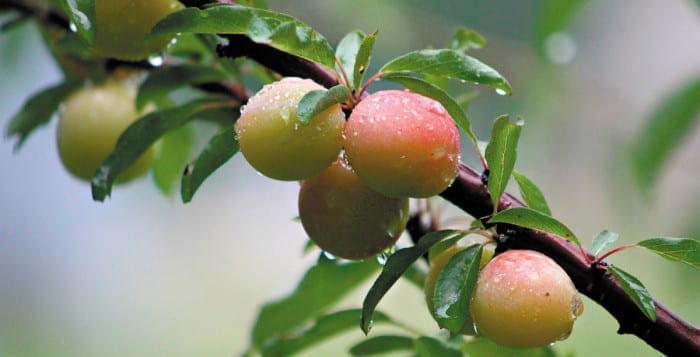
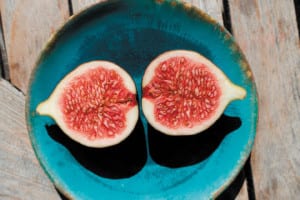 Now, for some unusual fruits to look into:
Now, for some unusual fruits to look into: